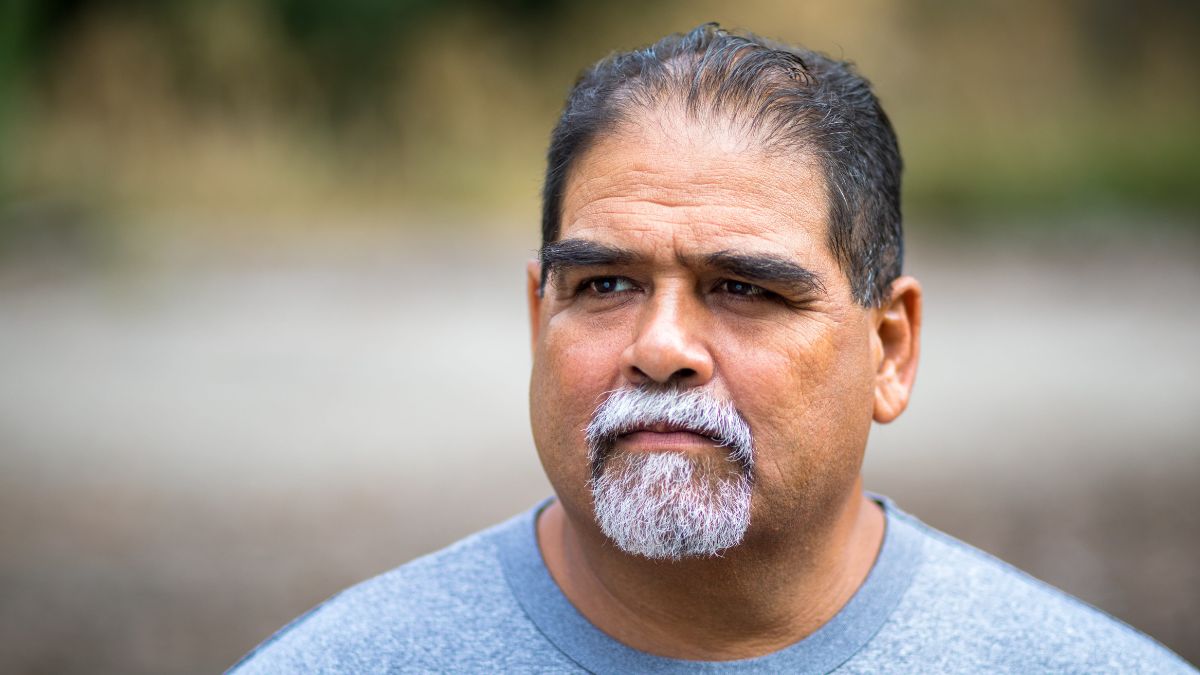September 6, 2021
Type 1 Diabetes That Starts in Adults | Causes, Symptoms, Treatment
Were you aware that type 1 diabetes could start after your teen years? If not, you might be worried about the possibility of it affecting you. To make life easier for you, we’ve put together a comprehensive guide to type
Share This Story

It should come as no surprise that young people are the most common age group diagnosed with type 1 diabetes. After all, this disease was once known as “juvenile diabetes.” However, this outdated name for type 1 diabetesis misleading – it can also manifest in fully-grown adults.
This form of type 1 diabetes that can occur in adults older than 30 years of age is known as LADA (Latent Autoimmune Diabetes in Adults). This form of type 1 diabetes has a slower progression and can be misdiagnosed initially as type 2 diabetes.
Were you aware that type 1 diabetes could start after your teen years? If not, you might be worried about the possibility of it affecting you. To make life easier for you, we’ve put together a comprehensive guide to type 1 diabetes in adults.
Type 1 Diabetes: Can Adults Get It?
type 2 diabetes isn’t the only type of diabetes adults need to consider. Though children and teenagers make up most of the patients diagnosed with type 1 diabetes, adults can also be diagnosed with this disease. If you need a refresher on the similarities and differences between type 1 and type 2 diabetes, read on.
People who have type 1 diabetes don’t naturally produce the insulin their body needs to function correctly. Insulin helps transport glucose from the bloodstream to individual cells, which use it for energy. When there isn’t enough insulin to go around, these cells don’t receive the power they need. Additionally, it doesn’t take long before glucose starts building up in the bloodstream.
In contrast, type 2 diabetes is defined by the body’s ability to respond to insulin. However, people with this type of diabetes may have issues with insulin production later on. Both diabetes types can also lead to excess blood glucose levels and – if left untreated – serious complications.
Causes
No matter what age group you’re in, the jury’s still out on what exactly causes type 1 diabetes. Genetics may be involved, and research into other factors (including viral infections and diets) is ongoing.
What we do know is this: type 1 diabetes typically manifests itself as an autoimmune disorder. This type of disorder results in a person’s immune system inadvertently going after healthy body parts. In type 1 diabetes specifically, the immune system considers the pancreas’ insulin-producing islet cells to be a threat.
Once the immune system has taken out enough islet cells, people with type 1 diabetes cannot make the insulin their body needs. As we mentioned earlier, this hormone allows glucose to enter cells. Because of that, low or nonexistent insulin levels result in a buildup of blood glucose.
Symptoms
Since type 1 diabetes and type 2 diabetes are ultimately different types of the same disease, many of their symptoms are similar. No matter what type of diabetes you suspect you have, it’s a good idea to keep an eye out for:
- Excess thirst and hunger
- Persistent urination
- “Fruity-smelling” breath
- Blurred vision
- Weakness and fatigue
- Weight loss with no clear explanation
While symptoms of type 1 diabetes often develop more quickly than type 2 diabetes symptoms, it’s also possible for type 1 symptoms to appear more slowly in adults than in children. Because of this, diagnosing type 1 diabetes in adults can be tricky. Still, if you’ve noticed any of the symptoms listed above, it’s crucial to look at diabetes as a potential cause.
Who’s Most Likely to Get T1D as an Adult
type 1 diabetes doesn’t discriminate. While people of northern European descent are this disease’s most common demographic, it can arise in people belonging to any ethnic group or race.
Your family history can also affect your type 1 diabetes risk. Have any of your parents or siblings been diagnosed with this type of diabetes? If so, it’s even more vital for you to take it seriously.
Adult Strategies for Type 1
Once you’ve been diagnosed with type 1 diabetes as an adult, it’s essential to have your next steps figured out. Here are some ways to effectively manage type 1 diabetes.
Know The Risks – And How To Lower Them
The heightened blood glucose level that comes with any type of diabetes can wreak havoc on bodily tissues and organs if left untreated. Even if you take significant precautions, there’s still a chance that you could gradually run into complications. But that’s not to say you should give up, either. By staying aware of symptoms like tingling/numbness in extremities and blurred vision, and by getting checked for complications regularly, you can seriously reduce the potential impact of diabetes on your body.
Don’t Do It Alone
Diabetes management can be complex, but you can rely on the experts for help. If you’ve been diagnosed with diabetes, it’s time to put together a healthcare team to assist you in living with this disease. At a minimum, your healthcare team should include a general physician, a dietician (or a nutritionist), an endocrinologist, and a diabetes educator. Depending on how things progress, you may need to bring in other specialists later, but this is an excellent place to start.
Take Diet And Exercise Seriously
 Along with insulin treatment, a healthy diet and regular exercise are two of the most effective ways to deal with diabetes. We’ll talk more about when you should eat and what you should be eating later on. As for exercise, you need to remember that physical activity can affect your blood glucose levels. Be aware of these levels at each stage of a workout and take medication as required.
Along with insulin treatment, a healthy diet and regular exercise are two of the most effective ways to deal with diabetes. We’ll talk more about when you should eat and what you should be eating later on. As for exercise, you need to remember that physical activity can affect your blood glucose levels. Be aware of these levels at each stage of a workout and take medication as required.
No Smoking
The health risks of smoking go beyond lung cancer – especially if you have diabetes. The nicotine found in cigarettes can play a role in raising your blood sugar. That can make it more difficult to control diabetes and increase your risk of blindness or nerve damage. Since nicotine is behind these issues, it’s crucial to avoid nicotine replacements, too.
What to Eat with Type 1
Building a healthy diet that takes type 1 diabetes into account doesn’t have to be complicated. However, trendy diets like the keto diet may do more harm than good if you’re not careful.
On paper, the keto diet may sound like a godsend for people with type 1 diabetes. There is evidence that it can help lower blood sugar among people with this diabetes type. That said, there is a catch. Keto can lower your blood glucose levels too much, which can also cause problems. Beyond that, the keto diet can trigger a condition called “nutritional ketosis.” Though this is very different from diabetic ketoacidosis, both involve increased ketone levels. These considerations don’t mean you can’t try the keto diet, but if you’re considering it, make sure to talk to your healthcare team first.
Instead of following a pre-established diet, a better option may be working with your healthcare team to develop a custom diet that’s ideal for you. While US MED can’t do this work for you, we have written about the fundamentals that go into building a diabetes diet. These tips include emphasizing healthy vegetables and proteins, eating controlled amounts of whole-grain carbohydrates, and cutting down on unhealthy fats, oils, and sweets as much as possible. Click the link above for more information!
Choose US MED For Your Type 1 Diabetes Needs
That’s all for this article! We hope you’ve learned some valuable information on type 1 diabetes risk factors and symptoms in adults, along with how to keep this disease under control if you do have it.
Of course, the team at US MED has put together many more resources for people with all types of diabetes. Take a look at our regularly updated blog, or explore our massive collection of diabetes-friendly recipes.
US MED can also keep you fully stocked on the diabetes supplies you need most. We have over 20 years of experience in the diabetes supply industry. In addition, we’ve earned an A+ rating from the Better Business Bureau. Are you ready to get started? If so, check out our selection of products!






